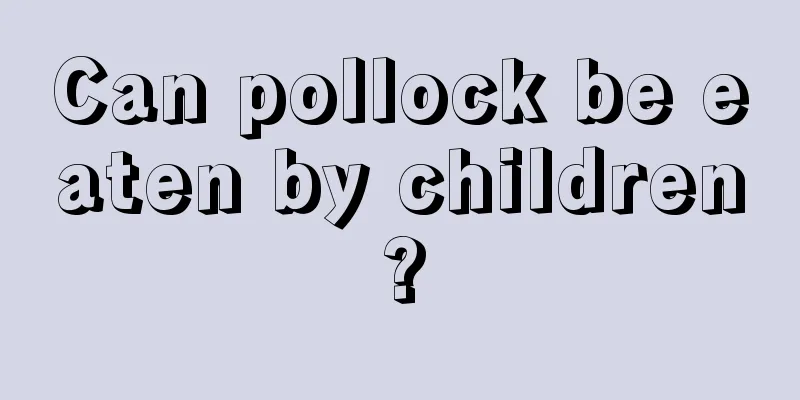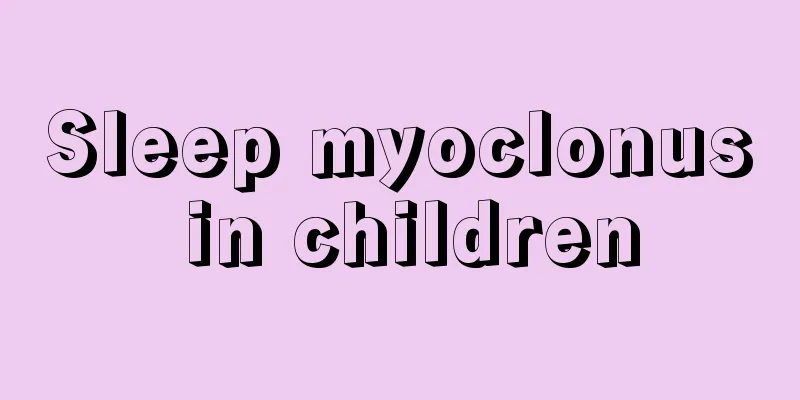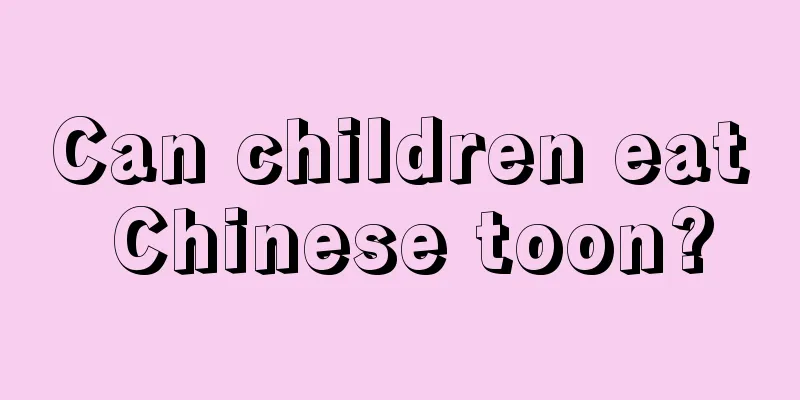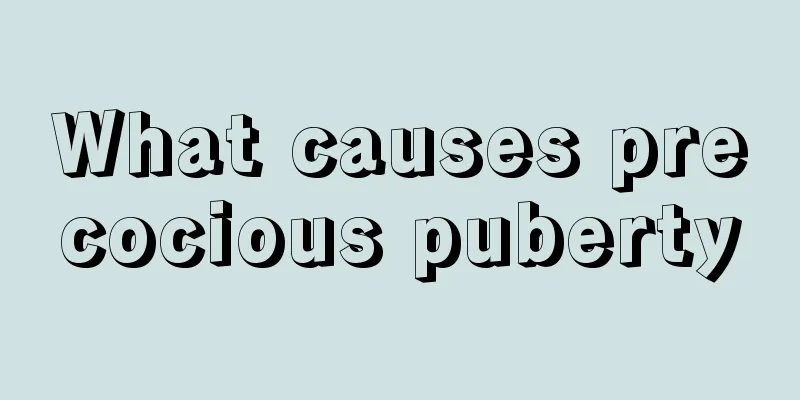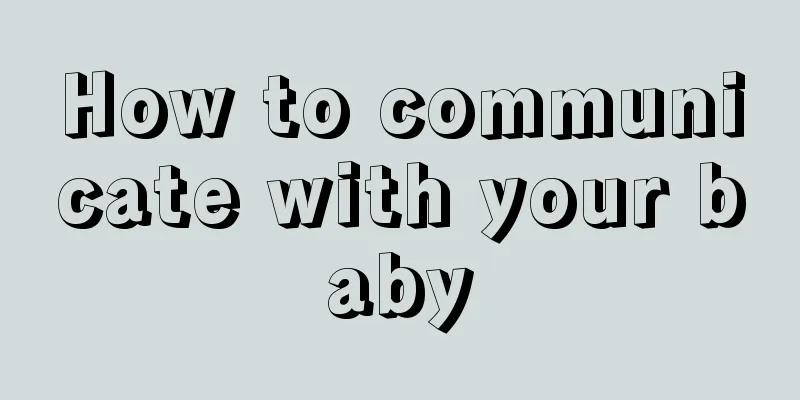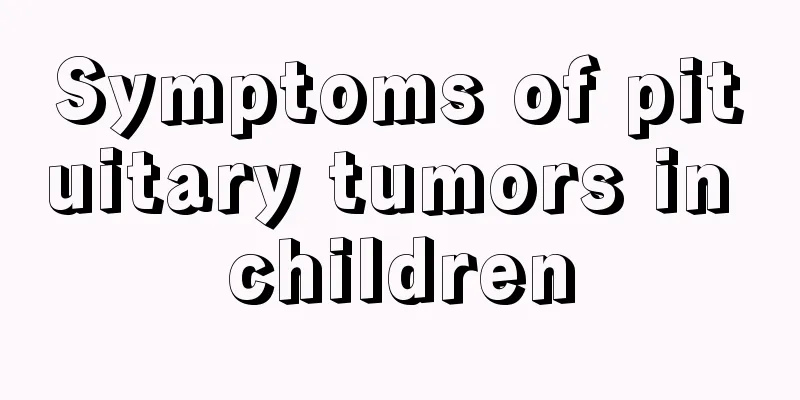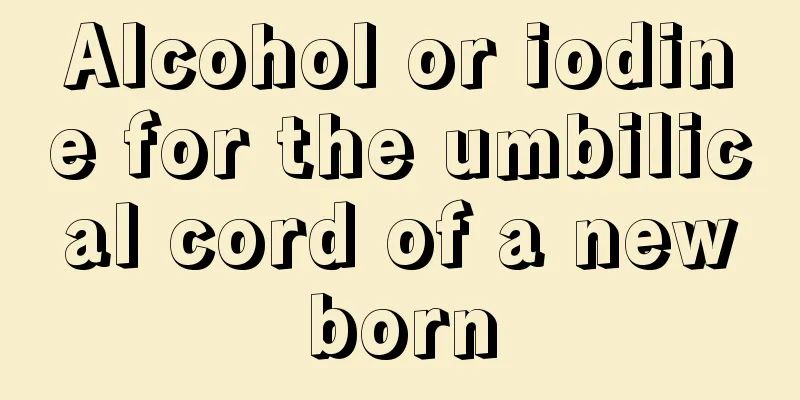What causes fever and convulsions in children?
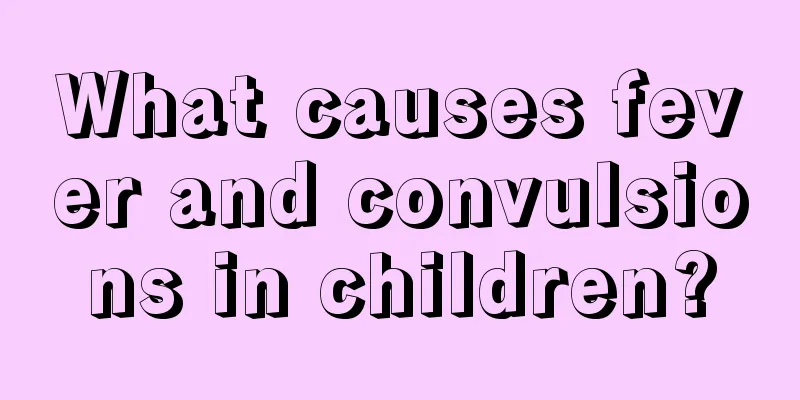
|
Many families are still concerned about the causes of children's fever and convulsions. They are still very worried when they see their children always having high fever and convulsions. In fact, if a child's fever cannot be reduced in time, he or she will suffer from febrile convulsions if the high fever continues. However, there are many reasons that lead to this phenomenon. Only by clarifying the specific situation can we better cooperate with doctors to strengthen prevention and treatment. Febrile convulsion refers to a sudden convulsion caused by a fever exceeding 38.5℃ due to reasons other than intracranial infection and other pre-existing neurological diseases. The incidence rate in babies under 5 years old is 2% to 5%. Among them, babies aged 6 months to 3 years have the highest incidence rate, with boys more likely to have more seizures than girls. Convulsions also often occur in acute upper respiratory tract infections within 12 hours after the onset of high fever. They are generally short-term, lasting less than 10 seconds, and severe ones may last for more than 10 to 30 minutes. The patient woke up quickly after the attack, and only one convulsion occurred during a high fever. It is not just high fever that can trigger convulsions. There is also a type of afebrile convulsions, which often occur in some non-infectious diseases, such as intracranial hemorrhage, cerebral edema, epilepsy, cerebral hypoplasia, hydrocephalus, microcephaly, as well as nutritional disorders, metabolic disorders (such as hypocalcemic convulsions), hypoglycemia, food poisoning, drug poisoning and certain pesticide poisoning, etc. The baby usually shows sudden onset of whole body or local muscle spasm, and does not respond when called. The baby's head is tilted back or to one side, the eyes are rolled up or slanted to one side or blink frequently, the face and lips are pale or blackened, the teeth are clenched, and there is foaming at the mouth (if the tongue is bitten, blood foam will be spit out), the limbs are stiff or twitching rhythmically, and incontinence may also occur. It is what is commonly known as convulsion or epilepsy. There are many causes of febrile convulsions in babies, which are often caused by bacterial or viral infections. Such as meningitis, brain abscess, tonsillitis, otitis media, upper respiratory tract infection and bacillary dysentery. The baby's nervous system is underdeveloped, and high fever causes the central nervous system to become overexcited. In addition, the occurrence of febrile convulsions is related to genetic factors. 24% of the sick babies have a family history of febrile convulsions, and 4% have a family history of epilepsy. The above article gives a clear introduction to the causes of fever and convulsions in children. Family members need to observe their children's condition carefully and inform the doctor in time. After the diagnosis is confirmed, the correct method of treatment should be used. Neither delay nor blind treatment should be given. Adjusting your daily life is also crucial. |
<<: What happens when a child has a fever and convulsions?
>>: How to prevent and treat children's fever and convulsions?
Recommend
What to do if baby has red bumps on face due to allergies
Allergies are generally allergies to certain subs...
Can children eat shrimps when they have a fever?
If you have a child at home, you will definitely ...
Is it okay to trim eyelashes for kids?
In some places, there is a custom that after the ...
What is the function of deciduous teeth?
Everyone will grow two sets of teeth in their lif...
What is the best way to treat nutritional anemia?
Anemia in children has always been a headache for...
How much plasma protein is in a child
There is protein in everyone's blood. The con...
Children's shoulders are one high and one low
The situation in which children have one shoulder...
What should I do if my child doesn't grow taller?
Children are the future of the motherland and the...
Baby allergic symptoms to goat milk powder
Babies are in the most critical period of life wh...
Treatment of infantile insufficiency
Newborns should pay special attention to their da...
Side effects of cod liver oil for babies
Every parent hopes that their children can grow u...
How should children replenish qi and blood
Children are the most precious treasures in the h...
What is the appropriate temperature of water for newborns?
Newborns are very fragile. You should know that t...
How to diagnose and treat abdominal lymph nodes in children
Children's abdominal lymph nodes may be the p...
Causes of hair loss in newborns
Anyway, after giving birth, young mothers are ver...
